‘Charger Hogs’ Are Ruining the EV Experience
Electric vehicle owners in the United States are getting fed up with “charger hogs” and have been left with a sour taste in their mouths so far as their overall EV experience is concerned.
Long queues at battery charging stations coupled together with bad etiquette from fellow Americans have forced several EV companies to release statements revealing they aim to solve these problems in the future by simply cutting people off.
Problems Arising With Electric Vehicles
Like many other nations around the world, the US has seen a rise in the number of people switching to electric vehicles over the past decade. As a result, charging stations have popped up across the states, but the transition hasn’t been as smooth as many would like.
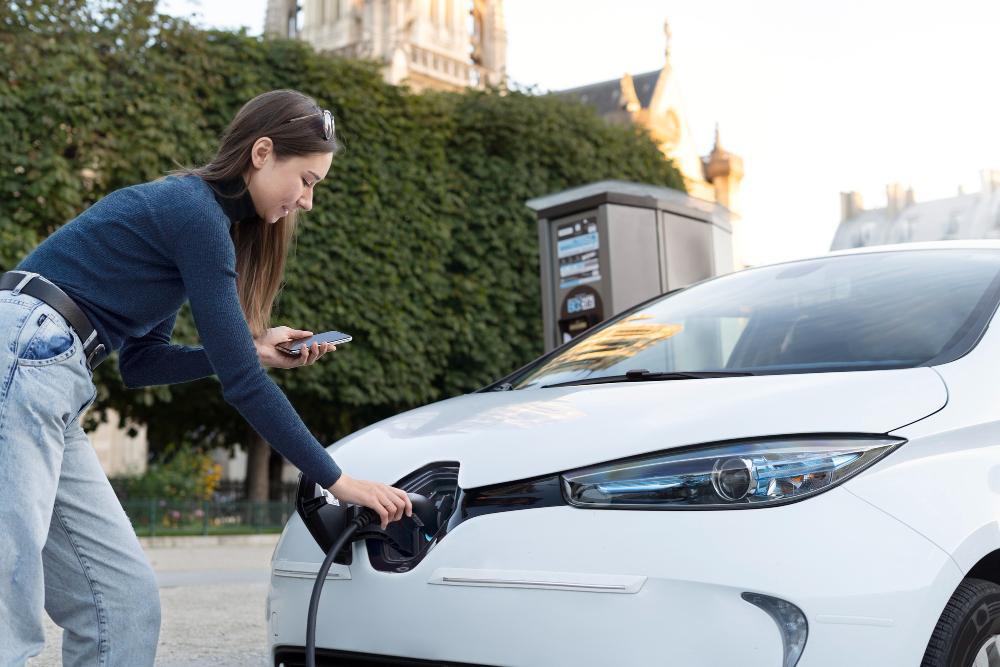
Source: Freepik
Like all forms of technology, problems arise from time to time. But sometimes, the difficulties occur not with a computer but with the users themselves, as witnessed by Peter Valdes-Dapena, who recently drove his Chevrolet Blazer EV from NYC to Bristol, Pennsylvania.
Ill-Mannered Charger Hogs
The entire trip took around 90 minutes. On the return, he had allocated an extra 20 minutes for a planned stop to top up the battery. Little did he know then that it would take them an additional four hours to make it home that day.

Source: Freepik
During a written piece for CNN, Valdes-Dapena vented his frustration, blazing “ill-mannered charger hogs who don’t respect EV etiquette.” In reality, “charger hogs” are becoming a widespread problem in the US, and EV companies are struggling to solve the problem.
The Problem Arises With EV Fast Chargers
The problem lies with the EV fast chargers. These tall units aren’t technically designed to fill a battery to 100%. Instead, they rapidly charge a battery to around 80%, allowing drivers to take a short stop before returning to the road.
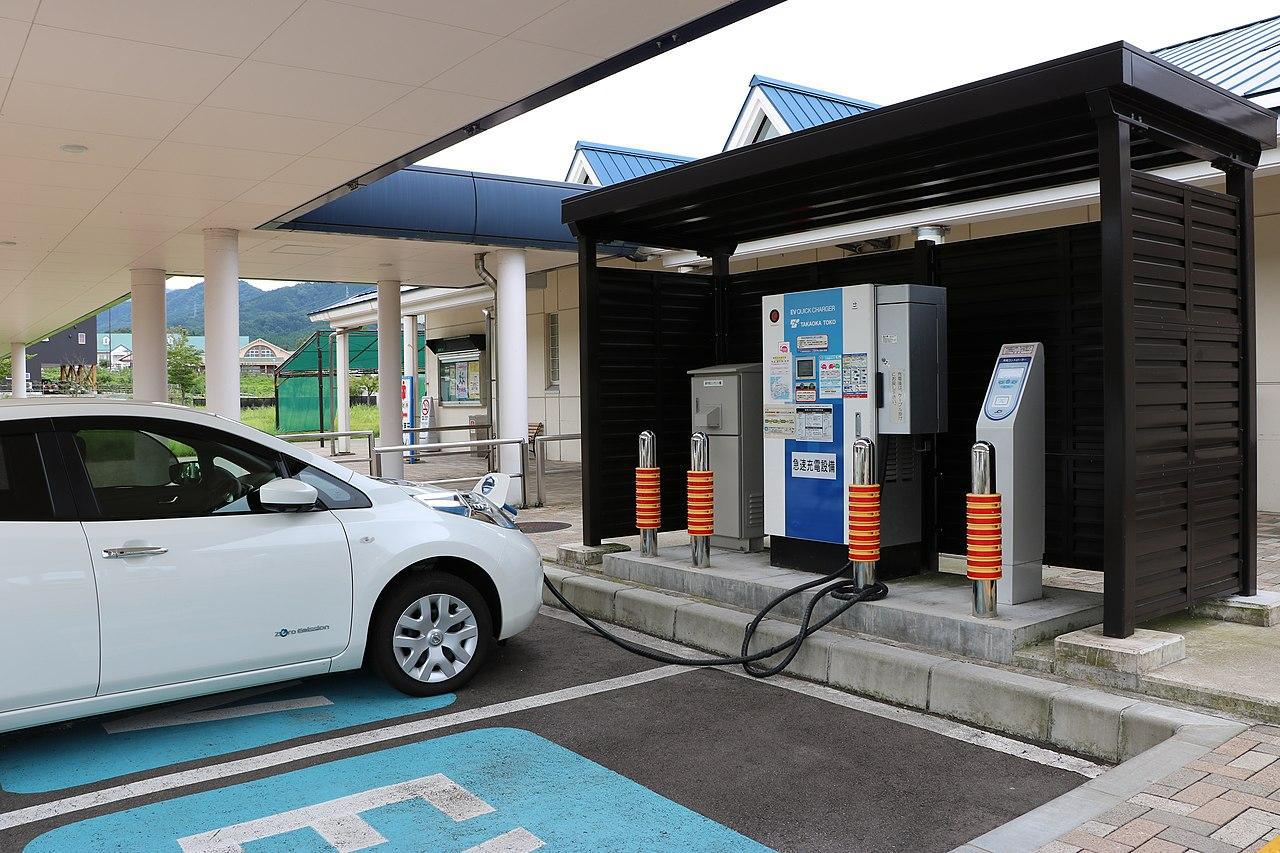
Source: Wikimedia
According to Valdes-Dapena, “They’re different from the smaller and more common “slow” or “destination chargers,” in Tesla parlance, that are designed for drivers to park, plug in… and leave for hours.”
Charger Hogs Throughout the US
As fast chargers can negatively affect a battery’s longevity, once a vehicle reaches 80%, the units drastically drop the charging rate, meaning it can take just as long to achieve 100% as it did to get to 80%.
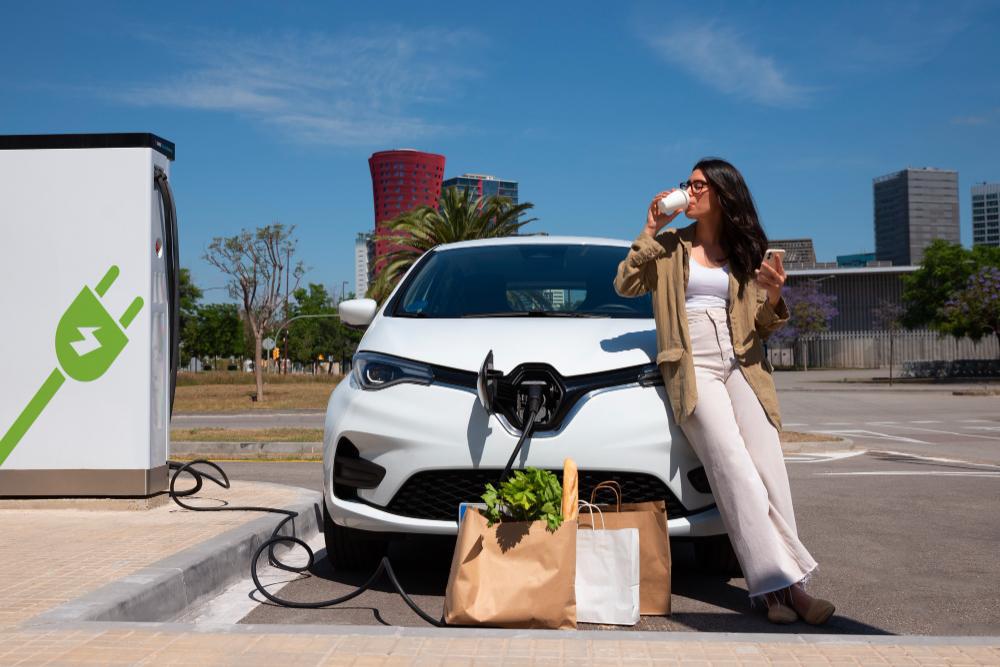
Source: Freepik
Those who continue to use fast chargers even after the charging speed has drastically slowed down, despite lines of cars behind them in the queue, are now referred to as “charger hogs,” and the problem is becoming widespread throughout the US.
Electrify America Implements New Charging Limits
The lack of charging stations in the US, combined with charger hogs, has forced companies like Electrify America to devise solutions to the problem.
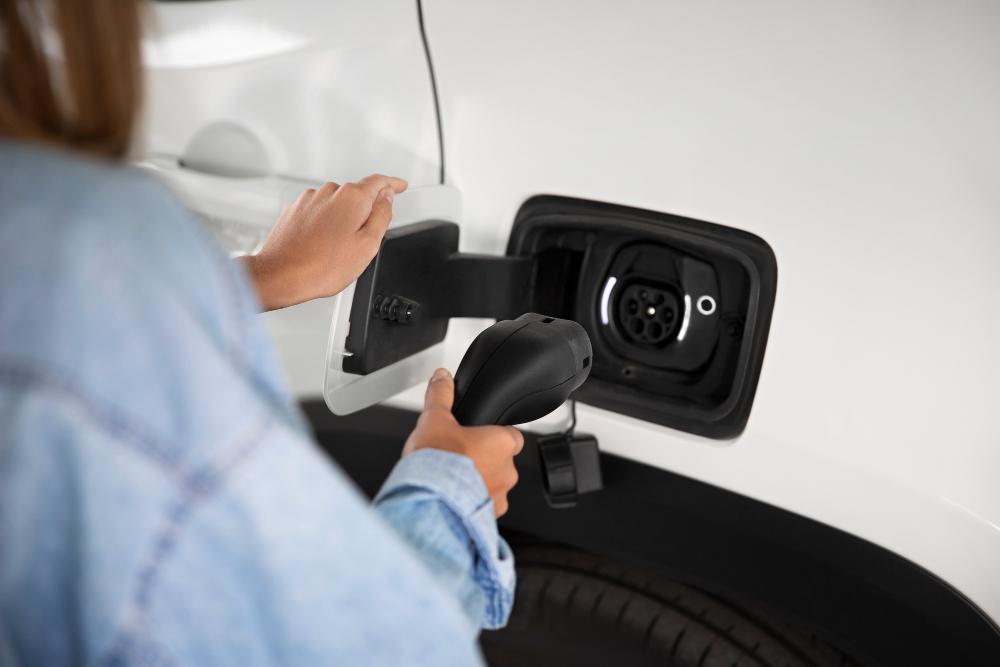
Source: Freepik
The charging company has recently implemented charging limits at ten stations across California. Once users reach 85%, the charging will automatically stop, and drivers will be told to unplug their vehicles.
Following in the Footsteps of Tesla
These new regulations at charging stations in California are reasonably similar to what Tesla vehicles do automatically.
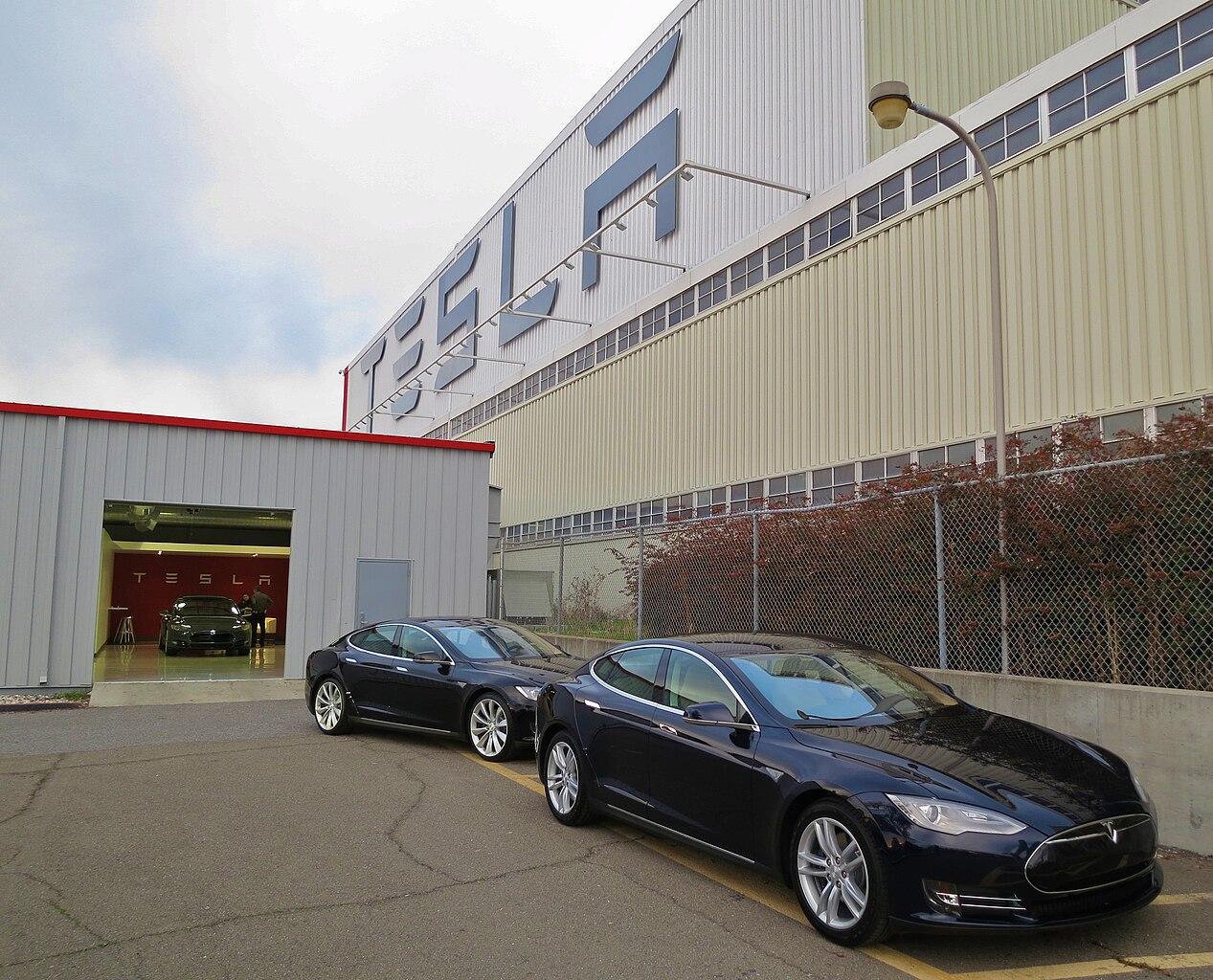
Source: Wikimedia
If a Tesla driver is plugged into a relatively busy Supercharger station, the battery will only charge to around 80%, which aims “to reduce congestion,” according to Tesla’s Supercharger Support web page.
Electrify America’s New Limits
While Tesla users can circumvent this limitation by simply overriding it on their internal touchscreen, those implemented by Electrify America cannot be overwritten.

Source: Wikimedia
Drivers who wish to continue charging to reach 100% will be forced to leave the station and venture elsewhere to finish the process.
Demand for Fast Charging is Rising
Charging issues have been present for some time in America. Despite the drop in EV sales growth, the number of electric vehicles on America’s roads continues to rise.
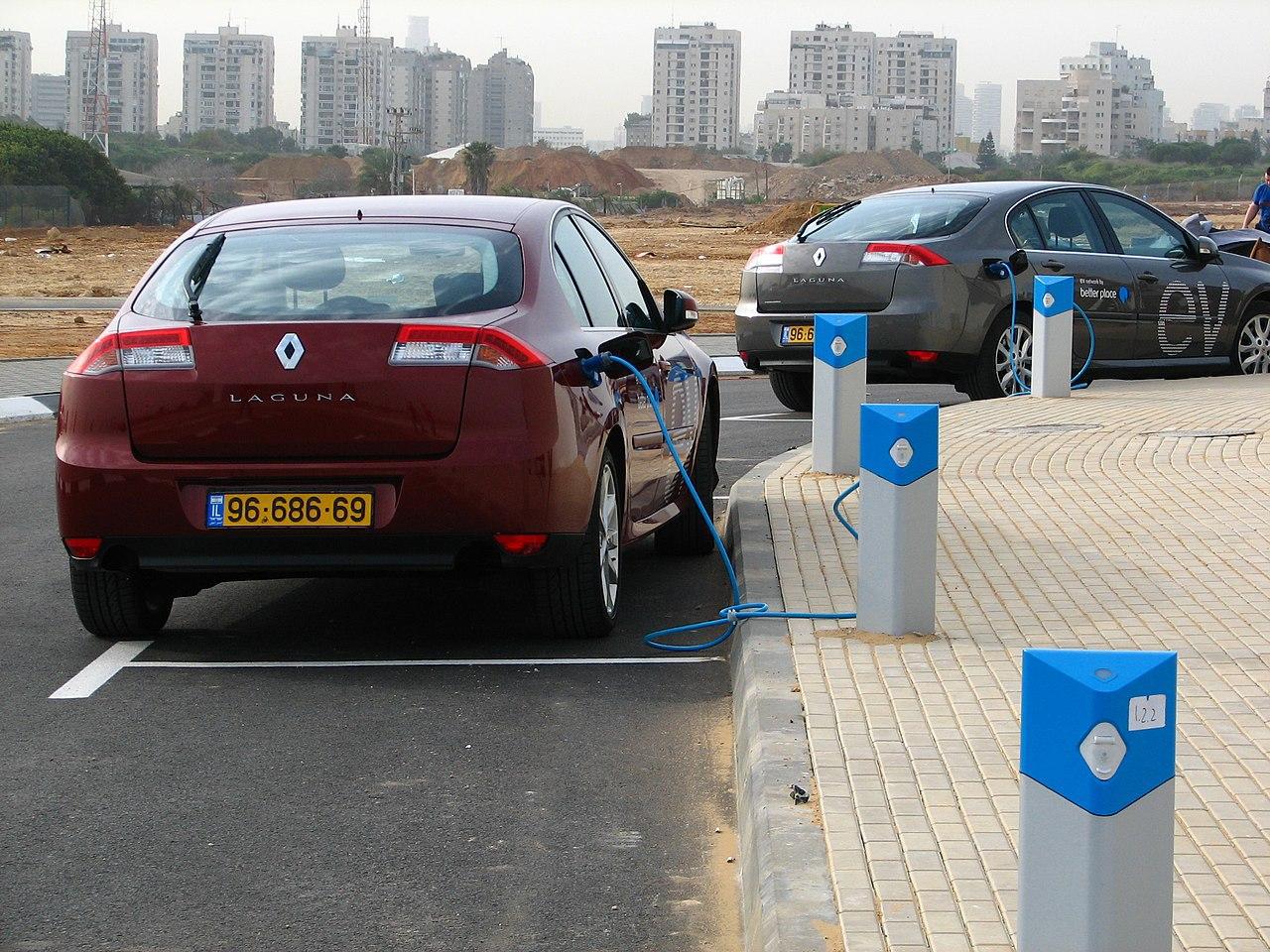
Source: Wikimedia
“I think what you’re seeing is demand for public fast charging is really skyrocketing,” said Sara Rafalson, executive vice president for policy at EV charging company EVgo, “and I would say we’ve been really at an inflection point in the last year, year and a half, with demand.”
Why Are so Many People Hogging EV Chargers?
As the charging speed drops significantly once vehicles reach 80%, it would make sense for drivers to unplug and continue on their way. However, according to experts, there’s a few reasons drivers attempt to reach 100%.
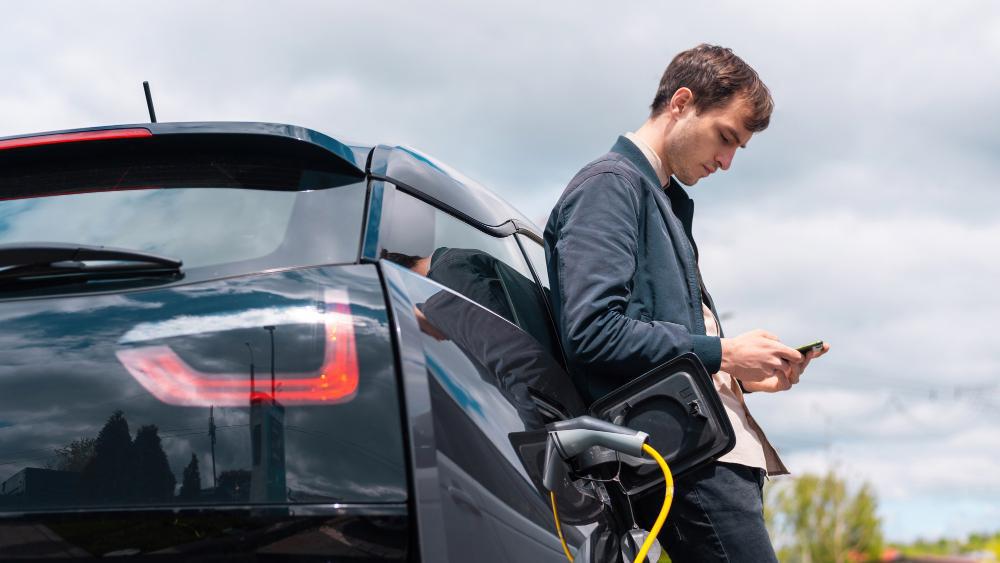
Source: Freepik
The most obvious is that new EV drivers are basing their charging habits on previous “refueling” tendencies, meaning they stick around until their battery is full, said Robert Barrosa, president of the EV charging company Electrify America.
New Users Tend to Wait Around to Reach 100%
Those who are new to the whole charging experience may also be worried about the scarcity of chargers. So, instead of risking going out of their way, they are happy to remain at a charging station until full, regardless of the length of time it takes to reach 100%.
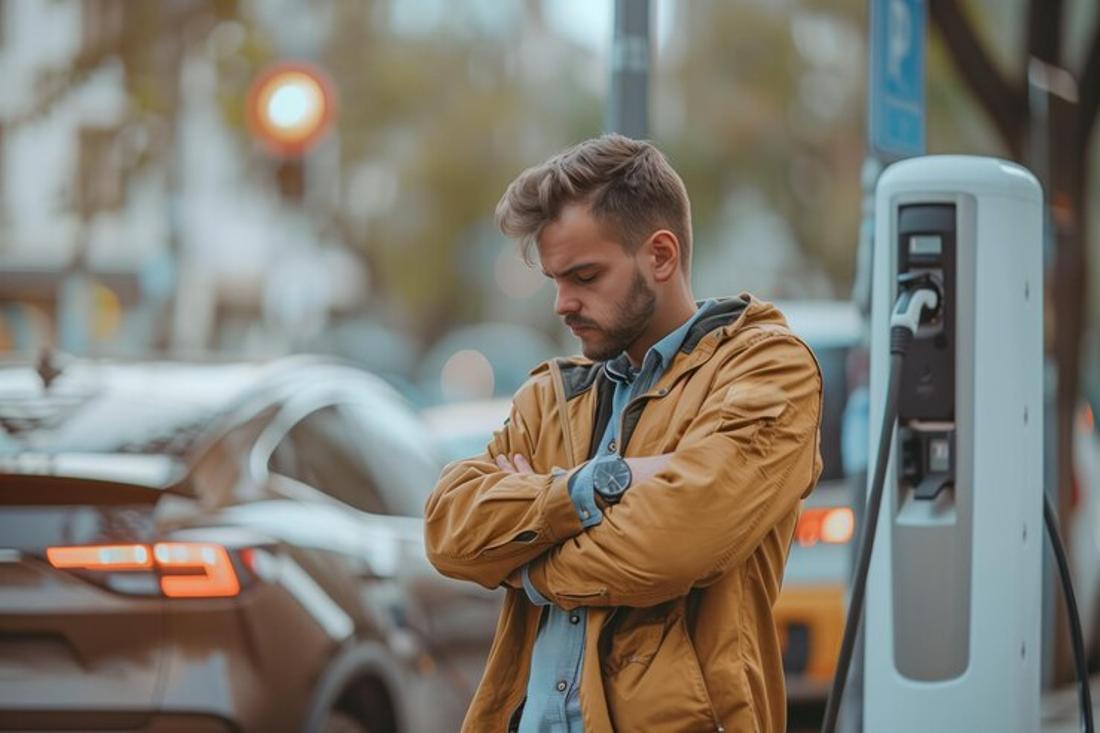
Source: Freepik
“Once you’re at a charger, it’s like, ‘Oh, yeah. I’m filling all the way,’” said Barrosa.
The Problems EV Drivers Face
Many other problems with EV charging stations extend beyond drivers’ needs to reach 100% before they feel comfortable to drive off into the sunset.

Source: Andrea Piacquadio/Pexels
One of the problems is the availability of charging stations. Because EV cars have become extremely popular very quickly, the demand for charging stations has grown quicker than companies can build and install them.
Few and Far In-between
Another issue is the charging stations themselves. While charging hogs can make the line longer at any “refueling” location, if you can find one, there is a good chance that the driver is using the only charging station that works.
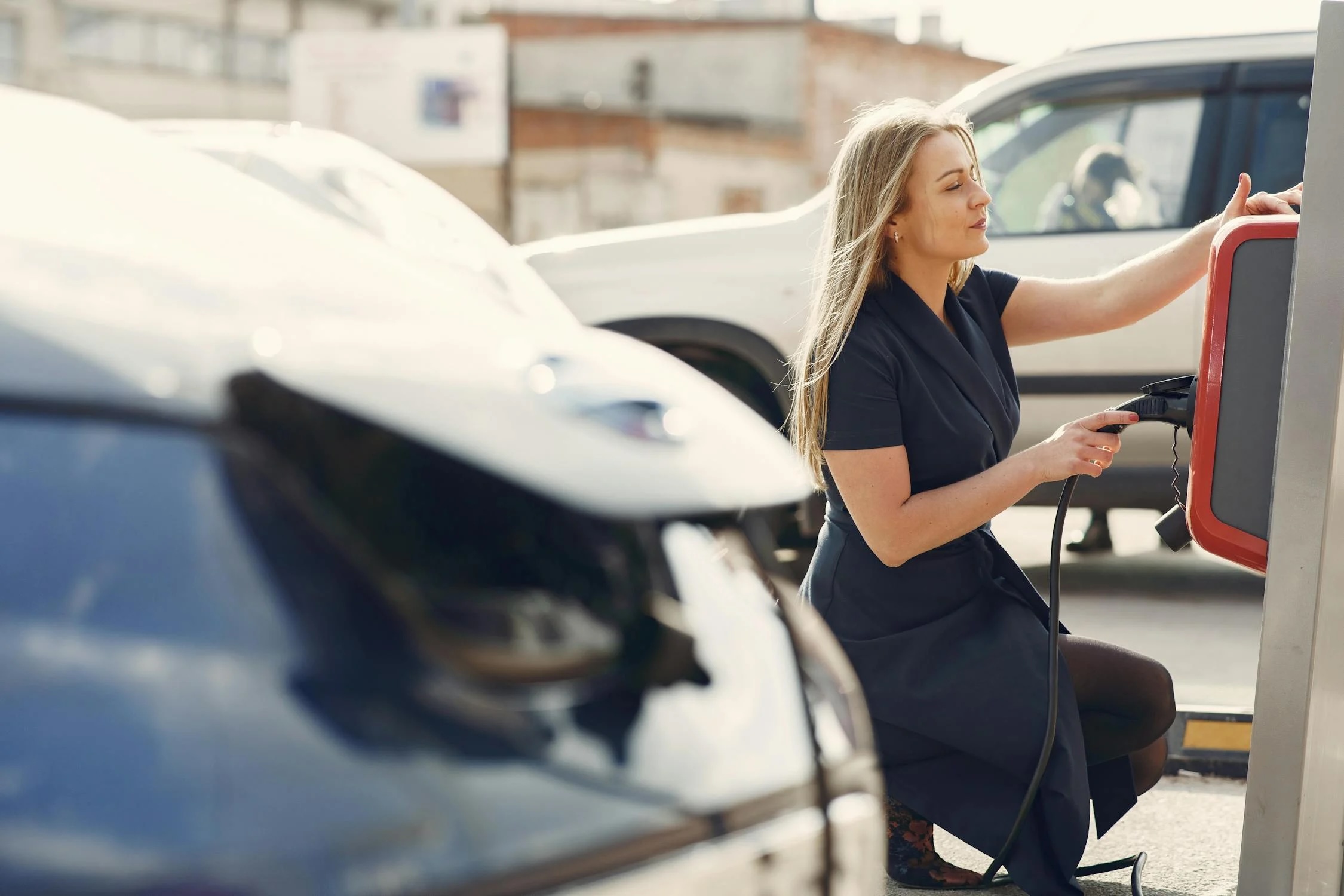
Source: Gustavo Fring/Pexels
If you need to charge up, there is nothing you—and the several other people behind you—can do but wait.
The Wild West of Pricing
You did it! You made it to the only working charging station only to discover that the price of the charger is outrageous. This is another issue many drivers are facing. These prices are not in competition with any other charging station, so the prices are whatever the company that installed the charging station wants them to be.

Source: Freepik
The market is being cornered, and drivers are facing the uncomfortable growing pains of a new system at play.
The Tech Problem
But what about those people who found a charging station that has multiple stations open? Well, they can face some issues as well. From the technology not being able to read your credit card to the blank screens, drivers are facing a technical problem.
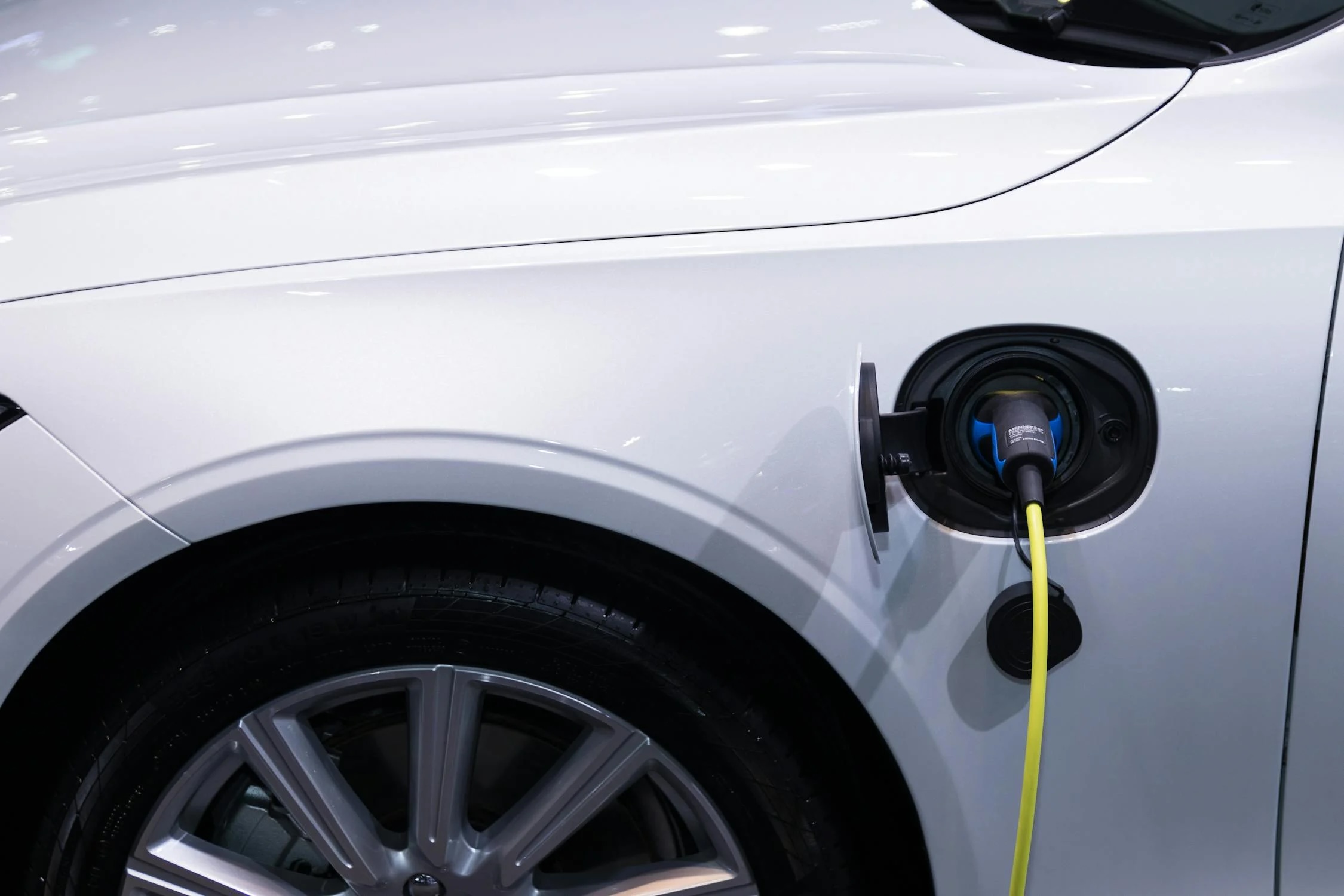
Source: Rathaphon Nanthapreecha/Pexels
Want to solve it? There is no attendant at these stations. Instead, you have to call a 1-800 number and figure it out while you wait, unintentionally becoming a charging hog.
The Daily Struggle of EV Drivers
These are the daily battles of many EV drivers across the United States. The high-tech, high-speed highway fueling system that America is building to power its EVs and replace gas stations is short-circuiting.

Source: Pixabay/Pexels
Despite the plans to make EVs the near future of driving, the system is proving to be difficult to figure out.
Why Go EV?
“It adds to the non-EV driver’s view of the world that EV charging is painful,” Bill Ferro, a software expert and founder of EVSession, an EV charger analytics firm, tells Politico.

Source: Chad Russell/Pexels
“People feeling that it’s a risk to buy an EV because the fast-charging infrastructure stinks is going to slow down EV adoption.
1 in 4 Charging Stations Doesn’t Work
Researchers visited every public fast-character last year in the San Francisco Bay Area, and discovered that 23% of them had “unresponsive or unavailable screens, payment system failures, charge initiation failures, network failures, or broken connectors.”
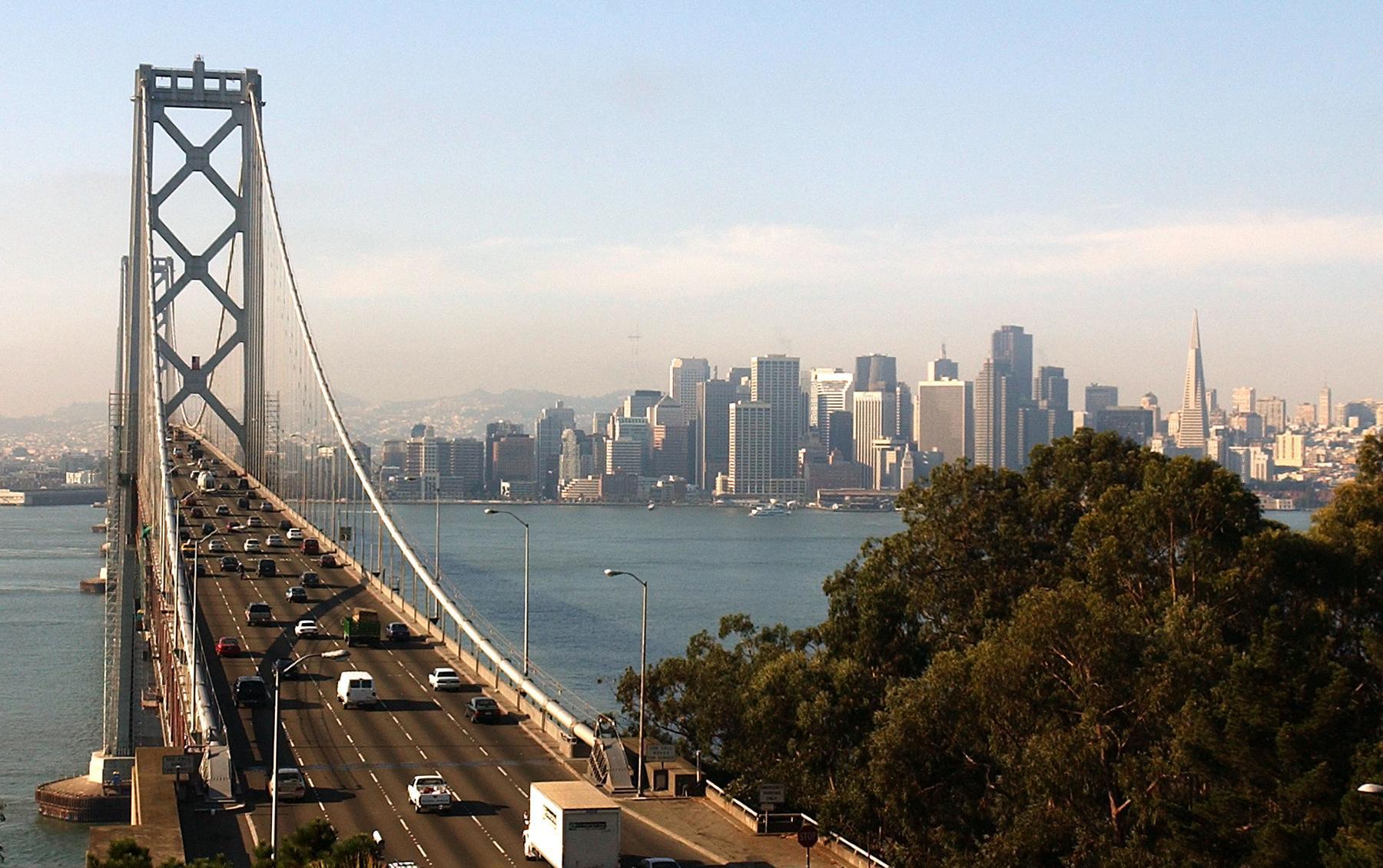
Source: Getty Images
This becomes a problem because 1 in 4 charging stations just don’t work. Imagine if 1 in 4 gas stations didn’t work.
Offline Charging Stations
In a survey of EV drivers by the auto consultancy J.D. Powers, a public chagrin network, was “plagued with non-functioning stations.”

Source: Kindel Media/Pexels
1 in 5 sessions failed to charge an EV. Almost three-quarters of those failures involved a station that malfunctioned or was offline.
Trying to Fix the Problem
Hoping to fix this problem, the Biden administration has set a standard for “uptime,” of the amount of time a charger is operational.
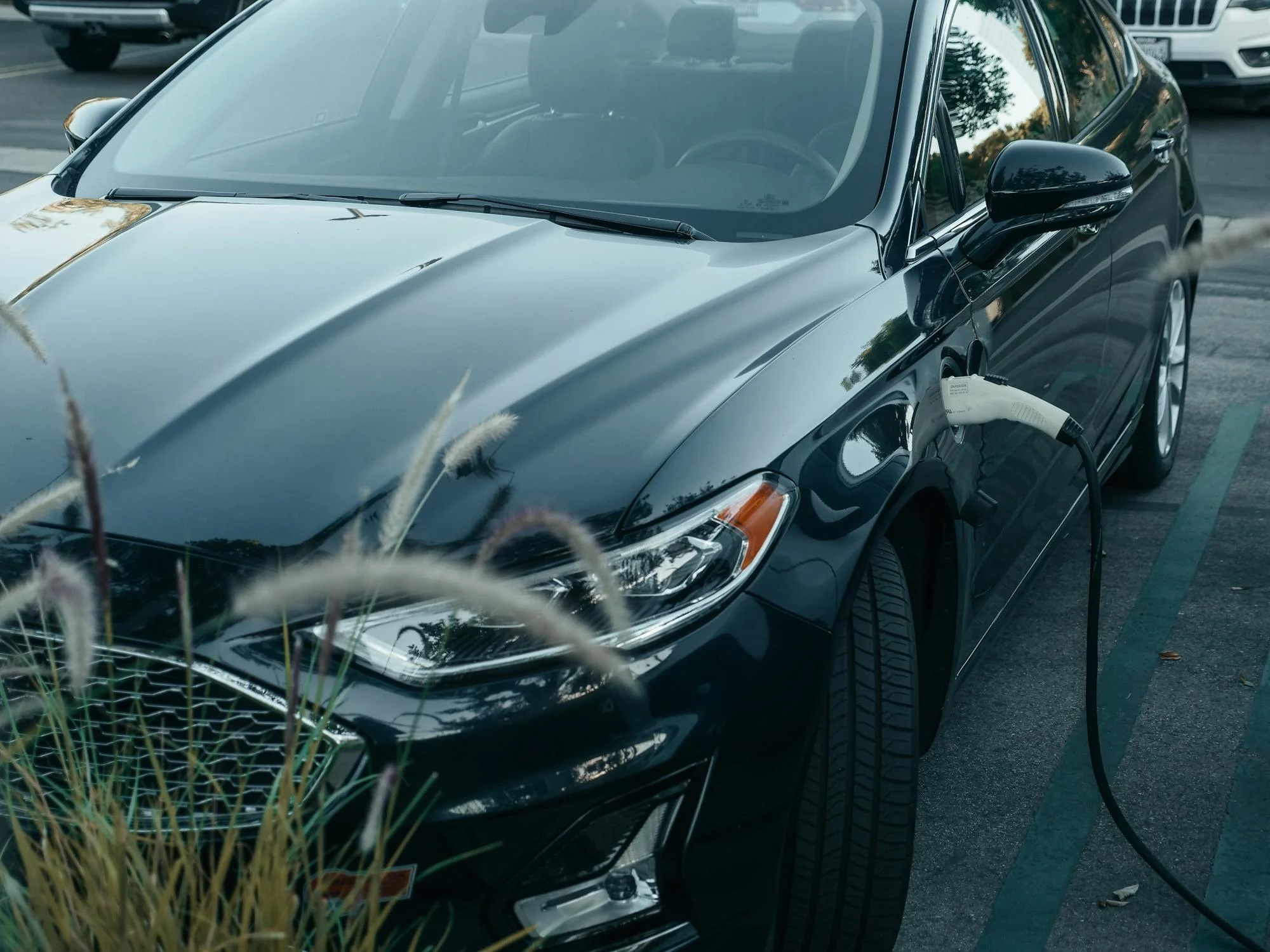
Source: Kindel Media/Pexels
California, which hopes to make EVs the only car available for sale by 2035, has launched a major inquiry into how to improve the customer experience.
Creating a Better Experience
While these efforts will help with some of the issues, the main problem is how to ensure that EV drivers have a satisfactory charging experience.
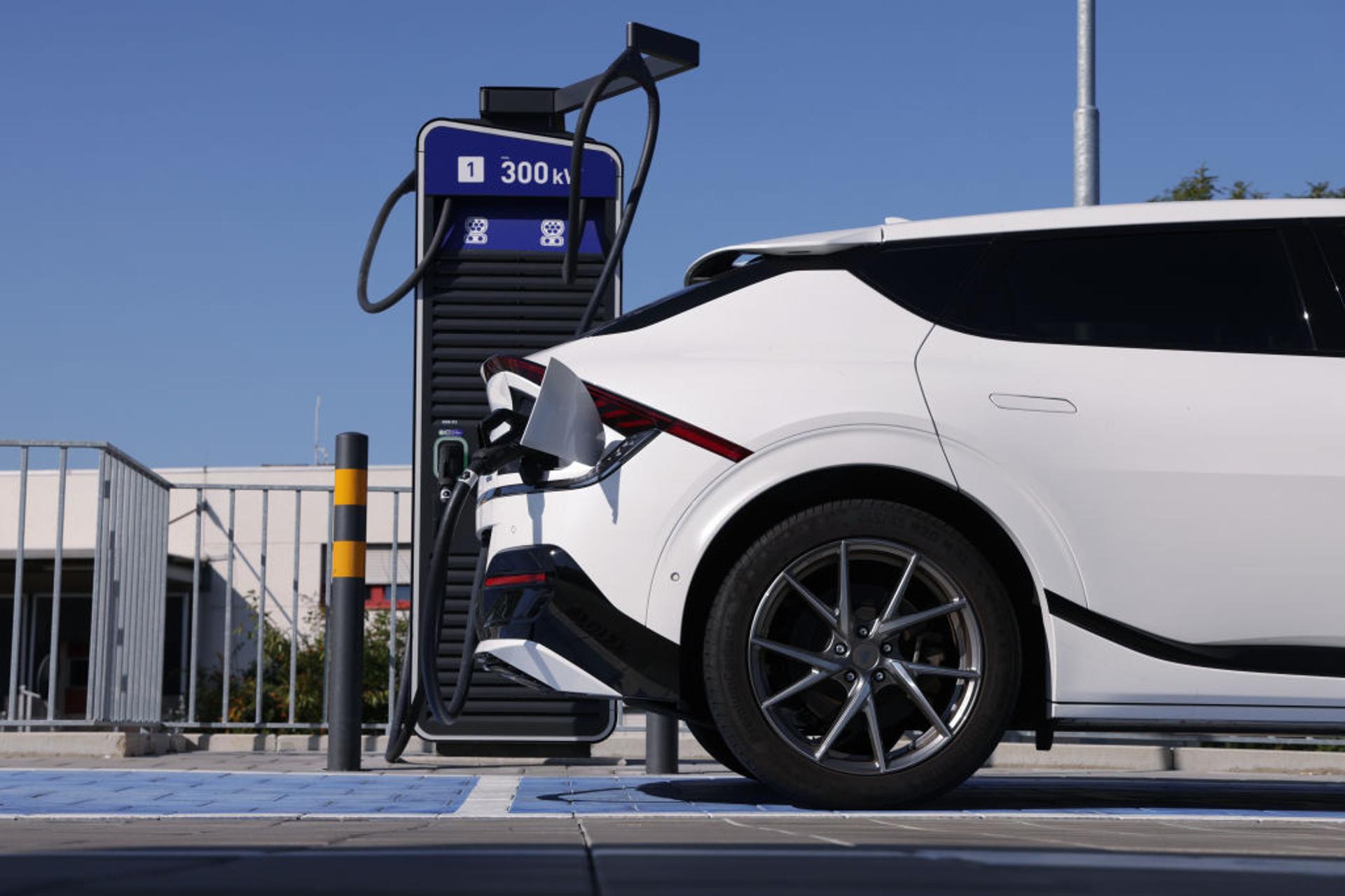
Source: Wikimedia
As Americans buy EVs and start to travel the highways, how do they take into account the charging stations that are available throughout their trip?
The Problem With This Charging Station
Home charging and “slow” charging—which are sprinkled at workplaces and parking lots—are going off without a hitch. The problem is with fast chargers, which can fuel a battery to 80% in 15 or 30 minutes.

Source: Freepik
Building a network that supports these fast charging stations is a priority of the Biden administration. The first funding round of $7.5 billion is intended to blanket the country with these stations at 50-mile intervals on major highways.
Meeting Demands in the Future
EVgo and its competitor, Electrify America, have both released statements ensuring customers that they will continue to expand their networks. EVGo claims it is on track to ensure there are enough charging stations to meet future demands.
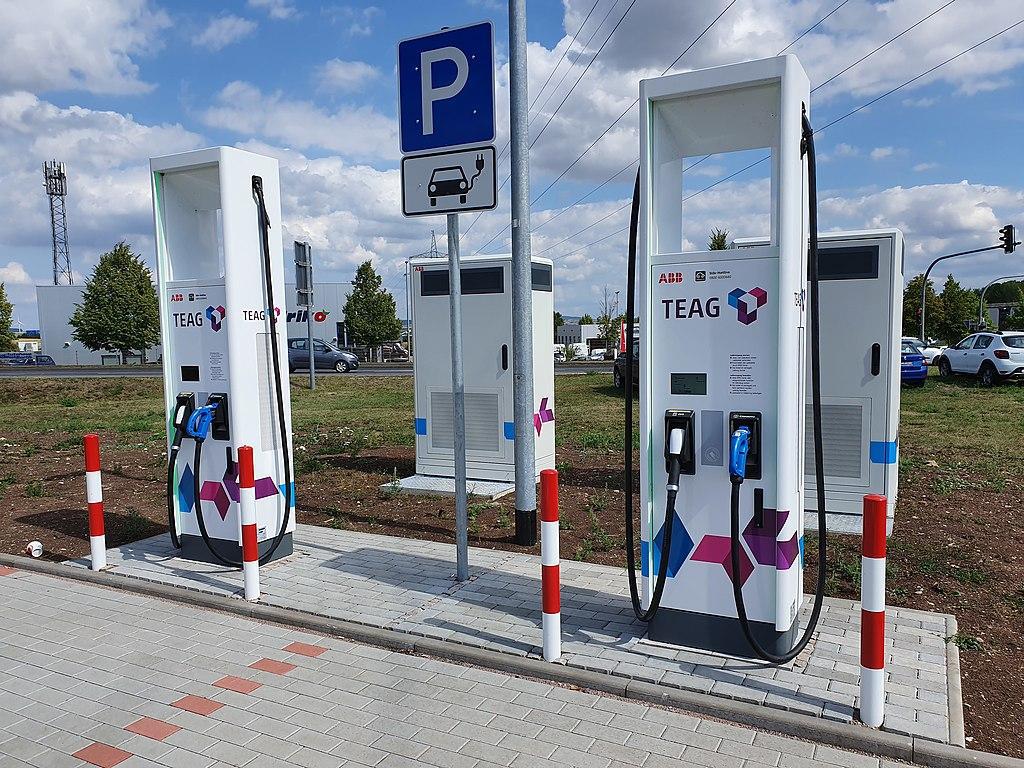
Source: Wikimedia
For now, Americans may have to endure longer wait times at charging stations unless various other providers begin to implement limitations throughout the US in a manner similar to Electrify America in California.
Stepping Up
The Federal Highway Administration said it “intends to incentivize charging station operators to improve reliability not just for chargers purchased with [government] funds but for all charging stations in the country.”
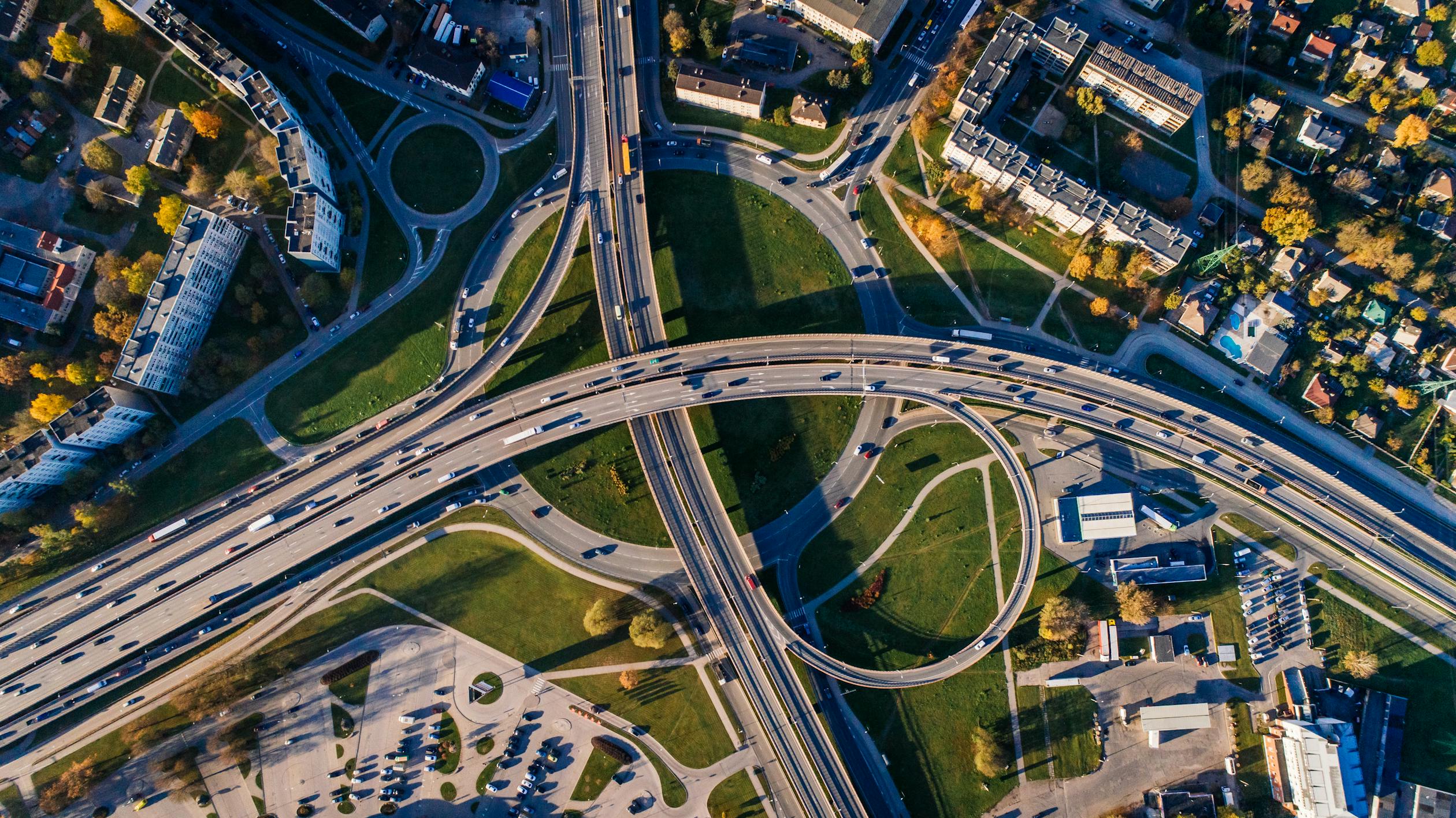
Source: Aleksejs Bergmanis/Pexels
While Tesla has already done this, it is unlikely that anyone will step up to Tesla’s success—including Tesla which laid off most of its Supercharging team earlier this year.
